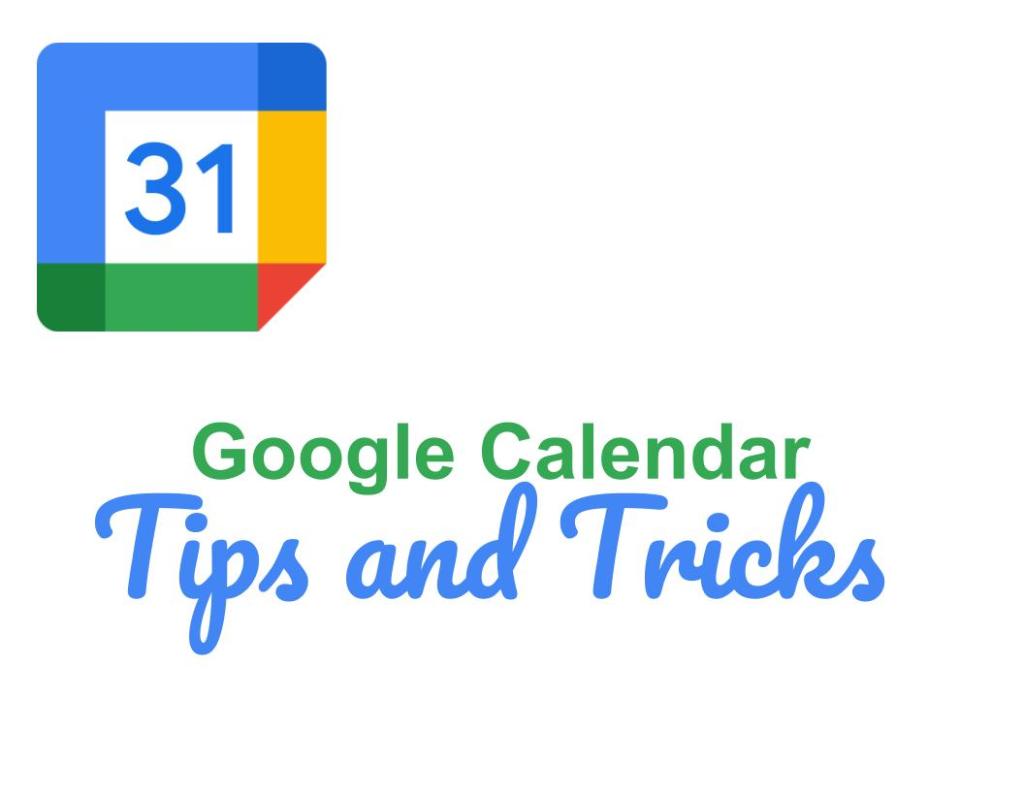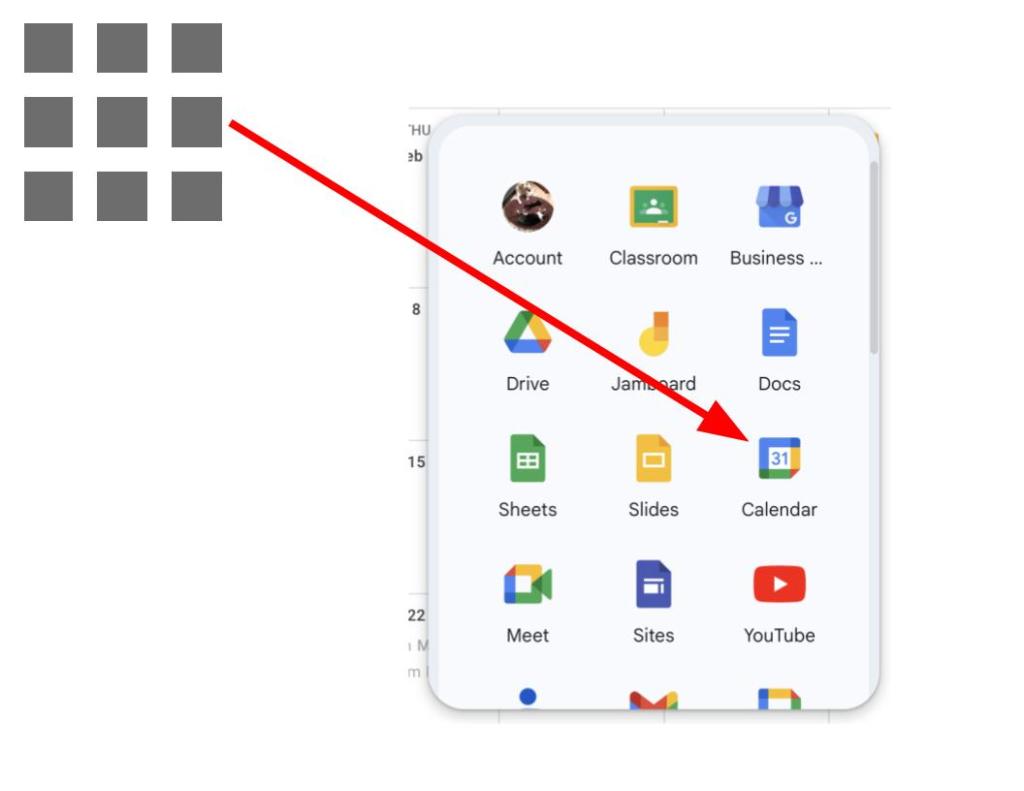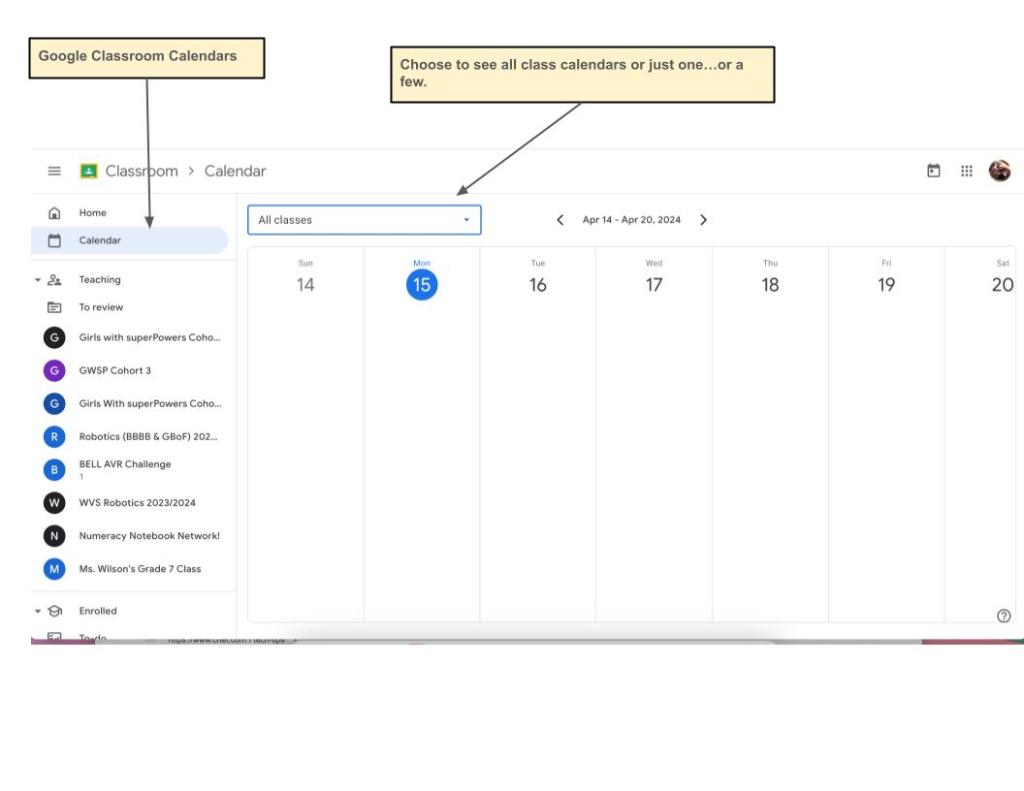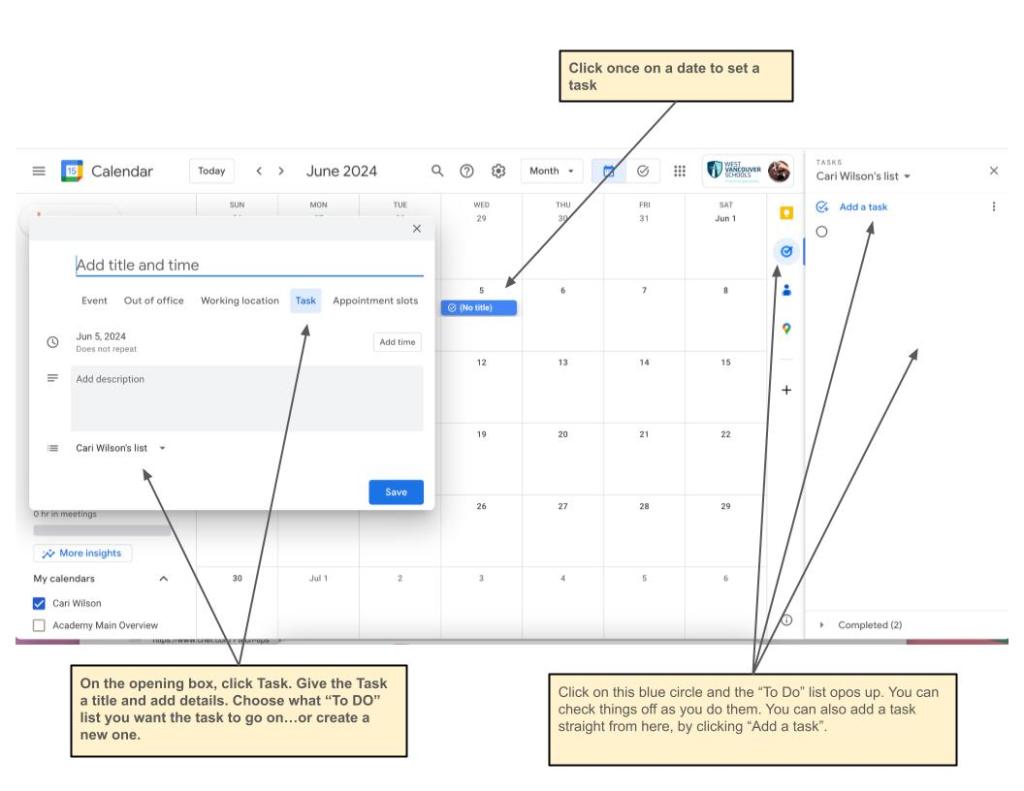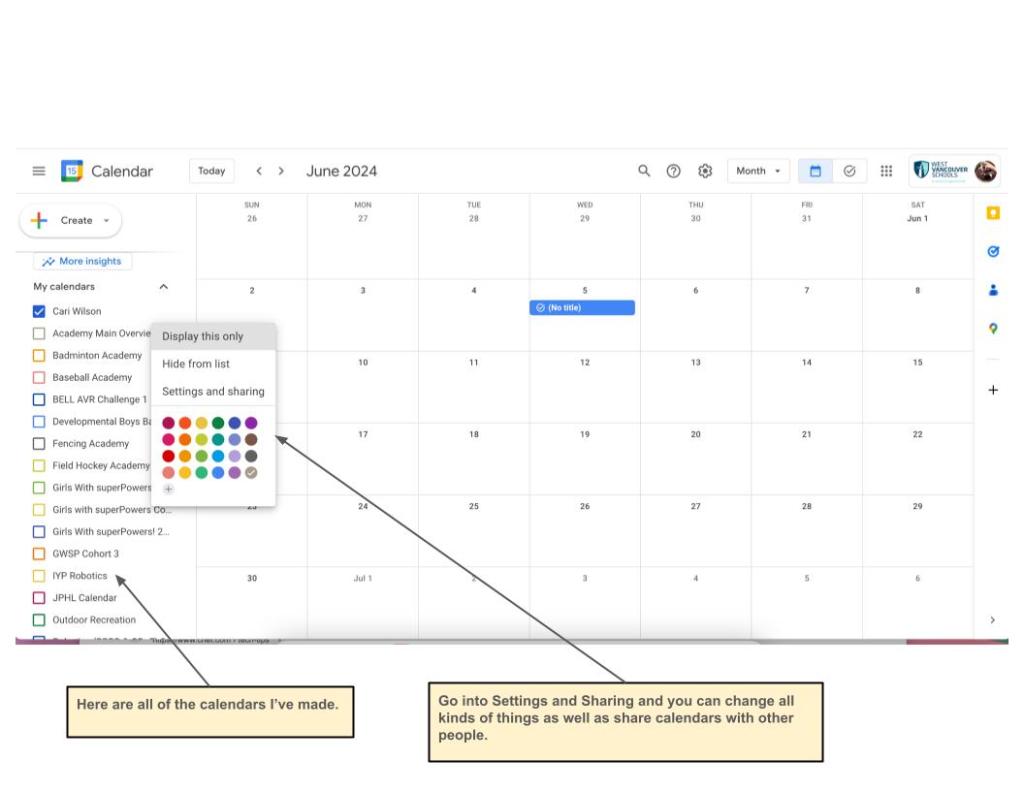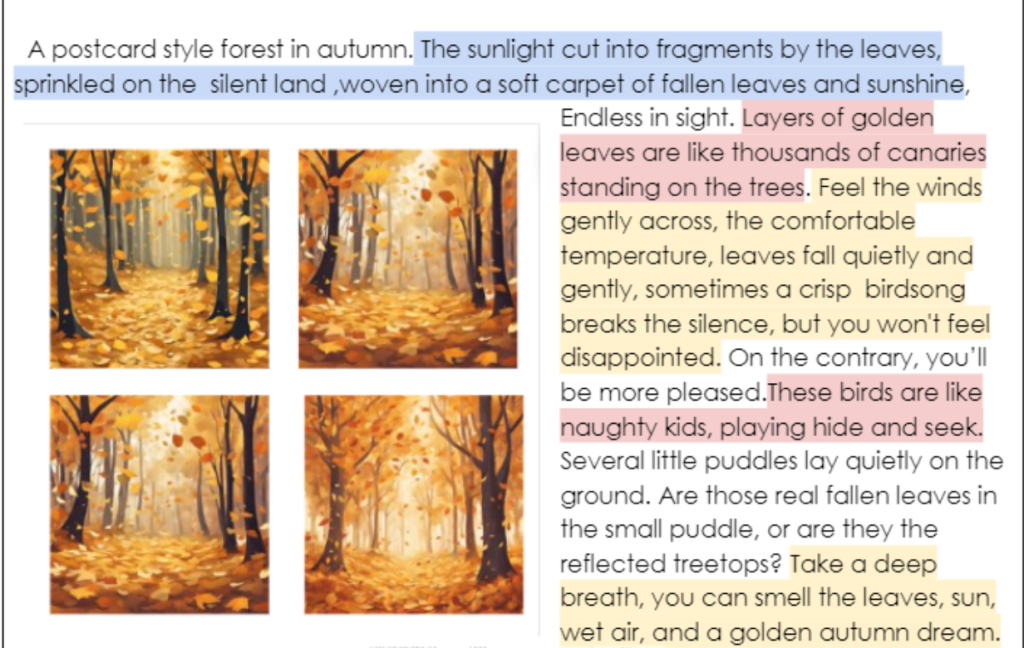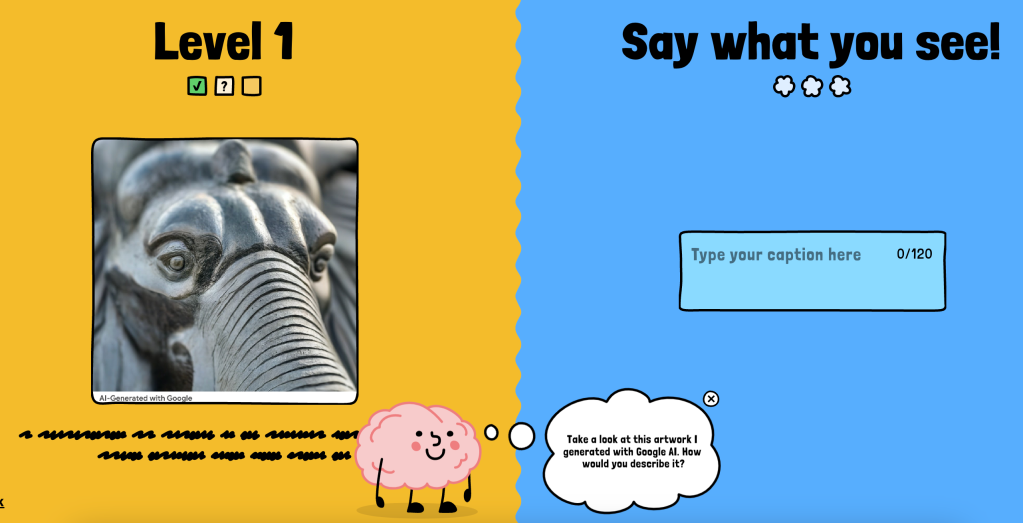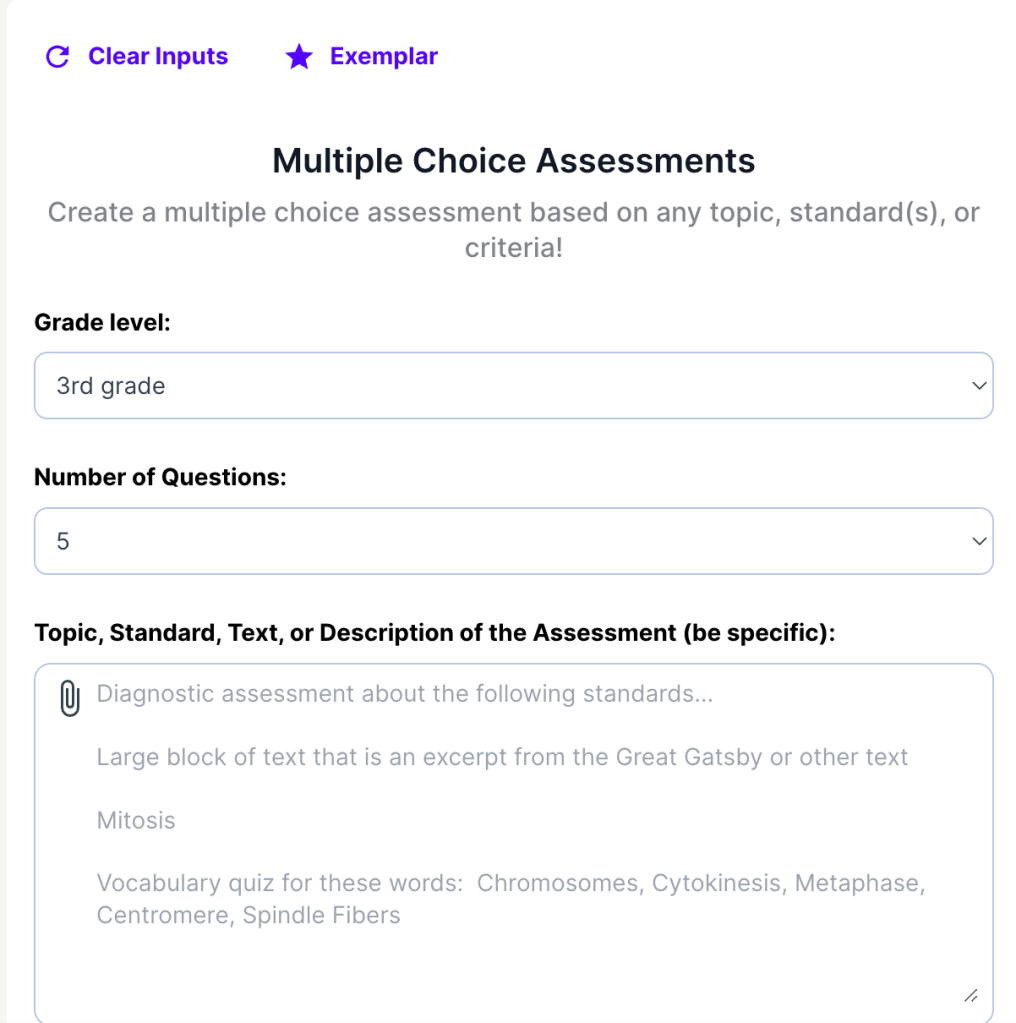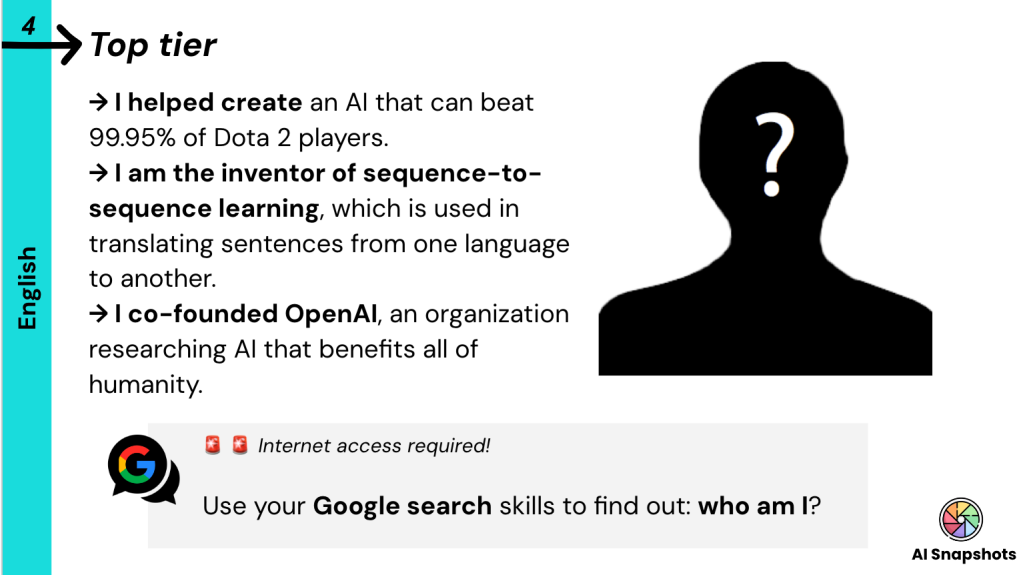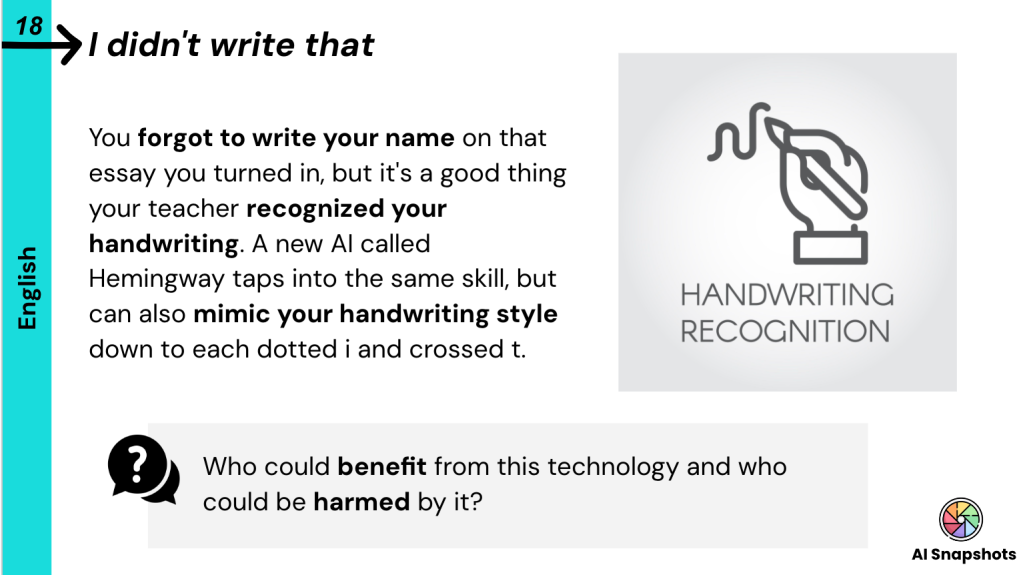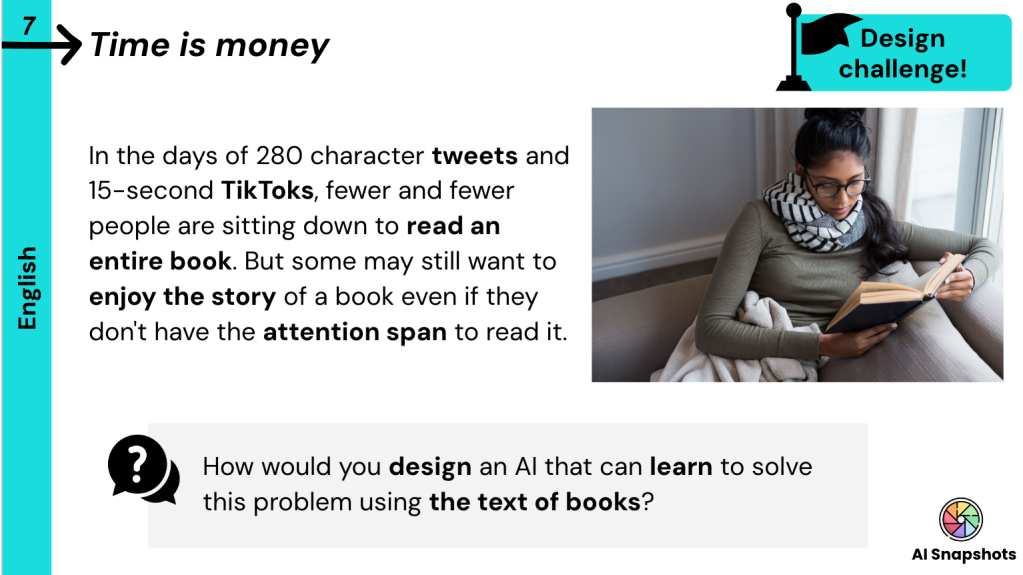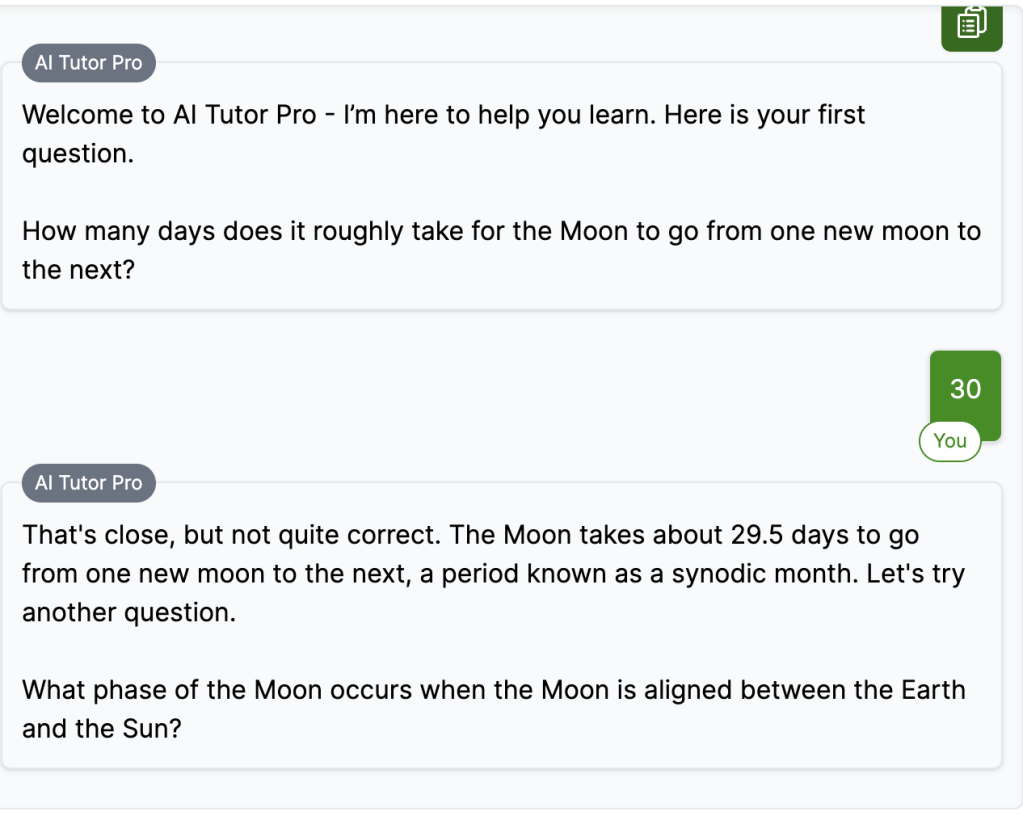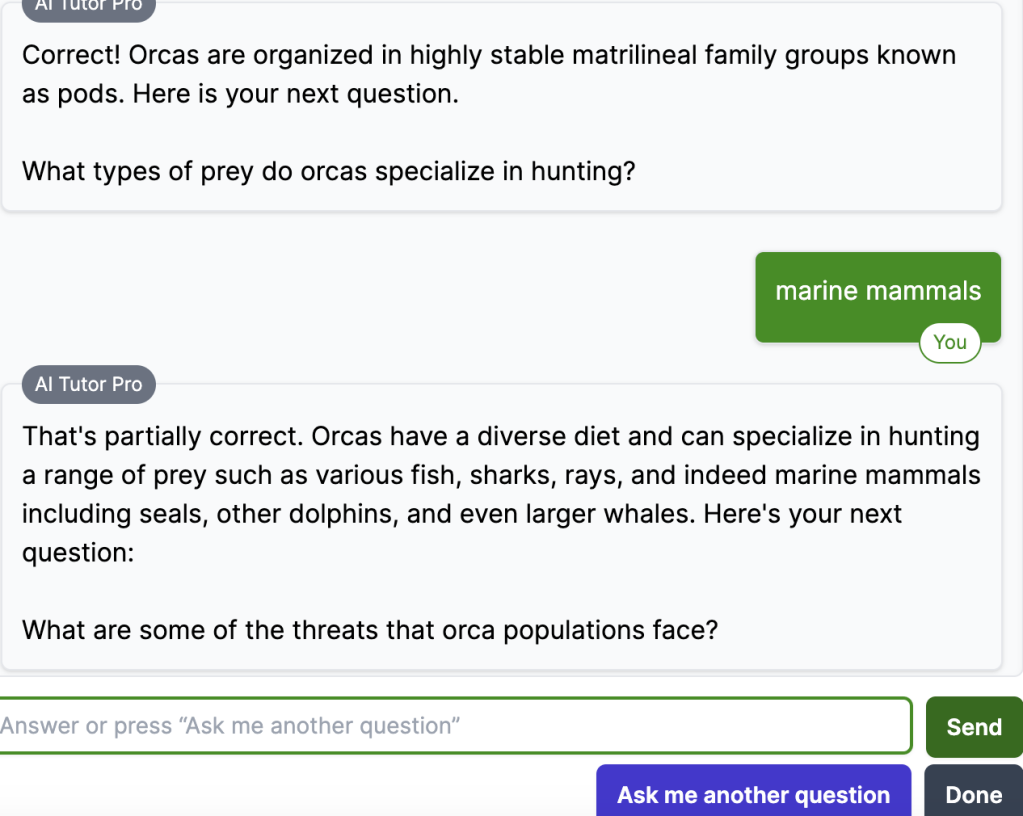Lately I’ve had quite a few requests from both parents and teachers about how to help students develop the skills they need to navigate our digital world and what to do when they get in over their heads. So, while I normally write this blog for educators, today’s post is written for and dedicated to those parents who are working hard to help their little digital native stay safe in this crazy world. Here are my top tips for parenting your cellphone-toting, AI-talking tots, teens and in-betweens!
Communicate
This seems too simple to be the first thing on my list but, truly, everything else flows from here. It’s as simple as talk and listen. Talk with (notice I did not say TO) your children and then really listen (really listen) to what they have to say. Discuss family values and be open and honest with them about your concerns about things like cyberbullying, and predatory online behaviour. Then listen when they tell you about the online game they love playing or the reason they feel they need a cell phone. You don’t need to agree with them but you do need to listen. If they feel you are willing to talk (and not judge), they will be much more willing to come to you when they really need help! Finally, reassure them that you will love them no matter what and that if they get in trouble online or otherwise, you will be there to listen and help them. Growing up today is hard…your kids need an ally (but one with a backbone!)
Make a Plan…Together!
Every family should have a digital contract that outlines how, why and when digital tools should be used and owned. Create the contract together and be willing to adjust it as children age. There is nothing wrong with having one contract for your 4 year old and a different one for your 14 year old. Everyone in the family should sign the contract and then keep it somewhere central (like the fridge door) so it can be referred to when necessary. In the contract, consider things like:
- Where devices can be used in the house. Please do not allow children to use devices completely unsupervised. They should not be tucked away in their bedrooms or down in the basement with a device. They should be in a central part of the house, where an adult can (and should) be nearby often.
- When devices can be used. This is really a family by family decision but I would advise having some times and/or days where no tech is allowed. No cell phones at dinner (parents included) or no tech on Sundays
- Ages and Stages. While I can’t see a reason for a 5 year old to have their own cell phone I do think that getting by in high school without one can be tricky.
- How devices can be used. I was okay with my 10 year old using my phone to play multiplication games on the way to school but not okay with her mindlessly watching Tiktok videos for hours. Make sure you consider things like “how much time can they spend playing online games?” or “are we okay with Messenger but not Discord?”. If they say they need the device for homework, ask interest-not-inquisition types of questions…what homework, is it hard or easy, do they need help? If they are spending hours and hours of time on homework, maybe check with their teacher. Are they not working in class? Is the work too hard? Or are they (the kids) maybe playing loose and easy with the truth?
- Consequences for breaking the contract. Spell this out specifically. If they misuse the device, what will happen and for how long? First offence or regular offender? Kids may not be happy to sign off on these consequences but stick to your guns on this. Understanding the realities of cause and effect is important learning…for all of us!
There are many contract examples online that you can use to get started.
Play, Learn and Model
One way to keep communication flowing is to spend time with your kids, doing what is important to them. Are they interested in Minecraft? Sit down with them and ask them to show you how it works and how they build things. Do they like TikTok? Find out what’s trending and create your own derpy, embarrassing version of it with them – even if you don’t post it, you’ll likely have fun! Explore different apps and platforms together and even if it’s not your jam, join in, be curious and let them teach you…be curious! Show them you are interested in their digital world and let them know they are important to you.
In terms of modelling, our kids are constantly watching and learning from us, so be mindful of your own digital habits. Put down your phone during family meals, limit screen time before bed, and model the kind of responsible online behavior you expect from them. Monkey see, monkey do!
Everyone Needs Balance
Even though I love playing with technology, I am aware of how tired I get when I am on my device all day and I know how much better I feel if I get outside and ride my bike, walk my dog or sit on a rock at the beach and watch the world go by!
No one should be on a screen all day – it’s not healthy. In fact, before the age of two, the Canadian Paediatric Society recommends no screen time at all, and children aged two to five should have less than one hour per day. I would personally extend that “less than an hour” up to even 6 or 7 years. By the way, that screen time includes tv! And yes, there are different types of screen time. I would much rather see a child “creating” instead of “consuming”. Building in Minecraft or playing a math game ranks higher than mindlessly watching silly cat videos on Youtube.
And don’t forget to model this behaviour – you need a break from screens, too!
Remember Who The Parent Is
This one seems a no-brainer, but I can’t tell you how many times a distraught parent has told me that their son or daughter won’t get off their device, is playing online until midnight or doesn’t want to do anything other than watch Youtube videos.
I have a few responses to these problems. First off, better proactive than reactive. Refer back to the paragraphs on creating a tech contract. If your contract states “no devices after 8” then they should not be online at 9 and, as the parent, you have every right to dole out a consequence. In my house that would likely be the loss of the device for a few days. Make sure you engage them in other activities so that digital is not their only choice. Have them help make dinner, get out for a family walk, read a chapter book as a family – when they are still little they want to do what you want to do so give them loads of alternatives!
Second, read the fine print. Many of the apps and sites your child wants to use are actually not designed for children. Learn how to deal with privacy settings and talk to your child about why they are important. This site has some great information!
My second response is “who pays the bills?” Of course, the parent does! If your child is still playing online games at 12 am, turn off the wifi! Take away the device. They might have bought the cell phone with their own money (not likely) but they do not pay the cell phone bill – you do! So, limit their data or cut it off completely for a few days.
Yes, they will be upset. Face it, there are loads of things you are going to do as a parent that will make your child upset. It’s part of the job you signed up for when you decided to have kids!
I will acknowledge here that these tips can be harder to carry out if you have two or more households and the rules are different in each one. It’s hard to limit screen time at one parent’s house when the other parent appears to have no rules. Try to work as partners – after all, neither of you wants a child who gets in trouble online. If that doesn’t work, stick to your guns with the rules at your house. Your kids might not love it, but if they know you love them, eventually they will come to terms with the differences.
I Still Need Help!
If you feel you’ve tried everything and you still need help, pull in the other members of your “village”. Talk with your child’s teacher or principal. Maybe they have advice or observations about your child that could help. Ask other trusted adults to step in if you are worried. Make sure that if your child has online friends their aunties, uncles and grandparents are included in those friend circles. Look out for your friend’s kids and ask them to look out for yours!
Use online resources. Common Sense Media and Media Smarts have some great digital parenting tips and tricks. Check to see if there are community groups that you can access. Here in BC, check out the erase website – they have loads of great links and resources. Many school districts set up digital parenting talks during the year – keep your eyes open for announcements about these!
Wow! Being a parent isn’t easy, is it! It’s kind of like a full-time job of being a flaming knife juggler riding on top of a unicycle with a flat tire all while trying to escape a mad troupe of monkeys who simultaneously want your attention and yet want nothing to do with you. Lean on your friends, reach out for help and educate yourself….trust me, you’ve got this!
